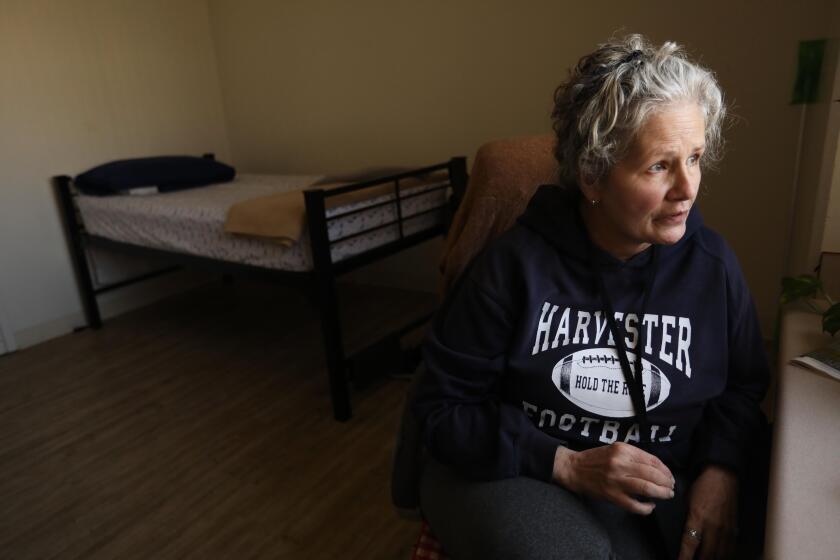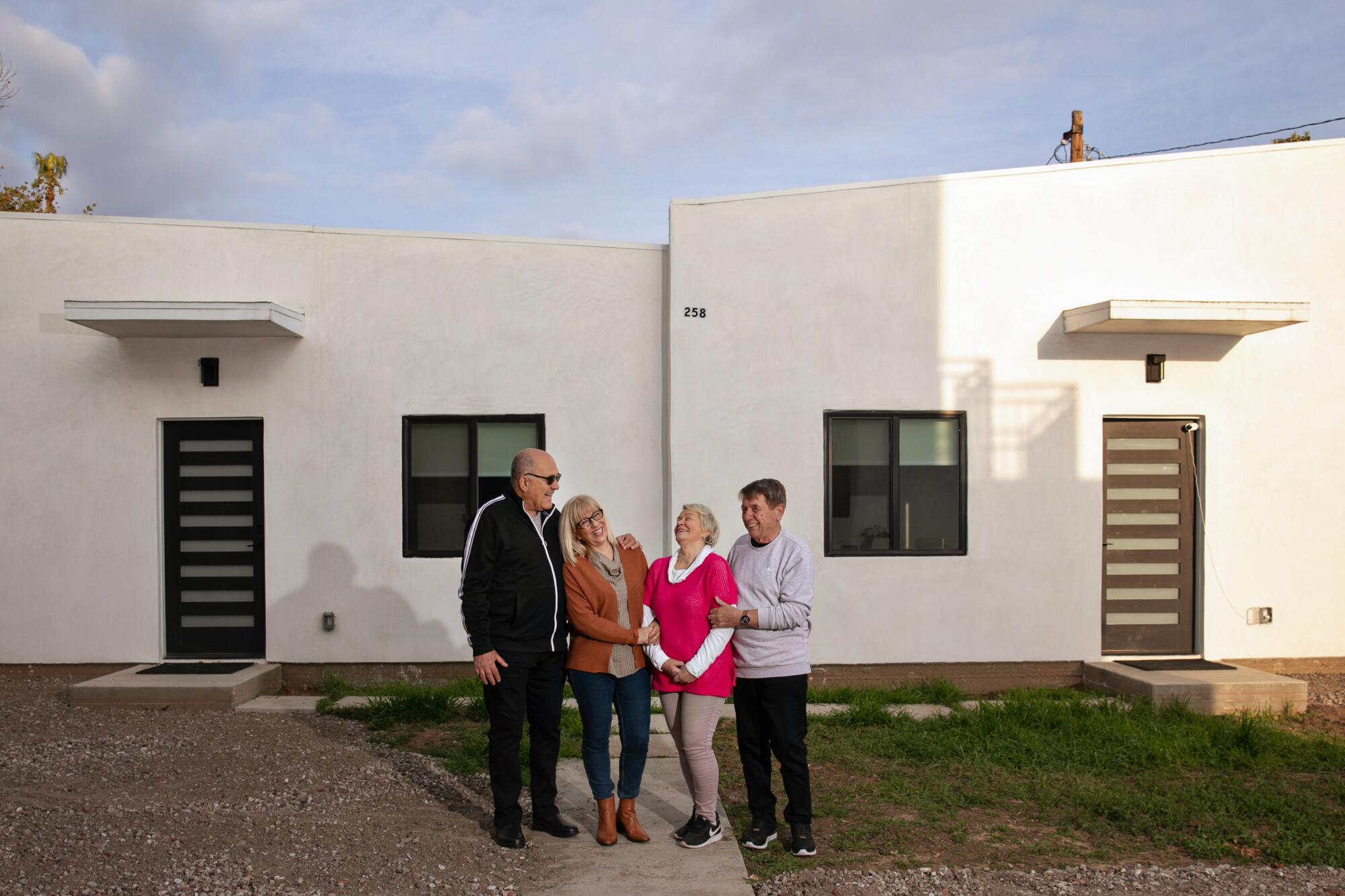
- Share via
Seventy-four-year-old Viktor Vasyliev — arms outstretched and smiling broadly — greeted Raul Villagra and his wife, Cristina Araya, with a warm embrace.
Standing nearby, his daughter Alina Vasyliev shook her head and laughed. “My father would have never kissed anyone ‘hello’ before he met Raul and Cristina,” she said. “It’s like this every weekend at our house: My parents speak Russian. My in-laws speak Spanish. But somehow they communicate.”
The three families were lingering inside the accessory dwelling unit, or ADU, located behind Alina and Daniel Villagra’s newly built home in the Los Angeles area.
The ADU has become a way for the couple to help others — not only their parents but also, for a period of time, Ukrainian refugees. One day, the hope is that the two sets of in-laws will share the ADU so all four can be close to their children and grandchildren.
“I wanted my kids to be able to experience their grandparents — one set from Chile, the others from Ukraine,” said Alina, who is 41. “They can learn so much from them — Spanish and Russian — while experiencing the privilege of having their grandparents close.”
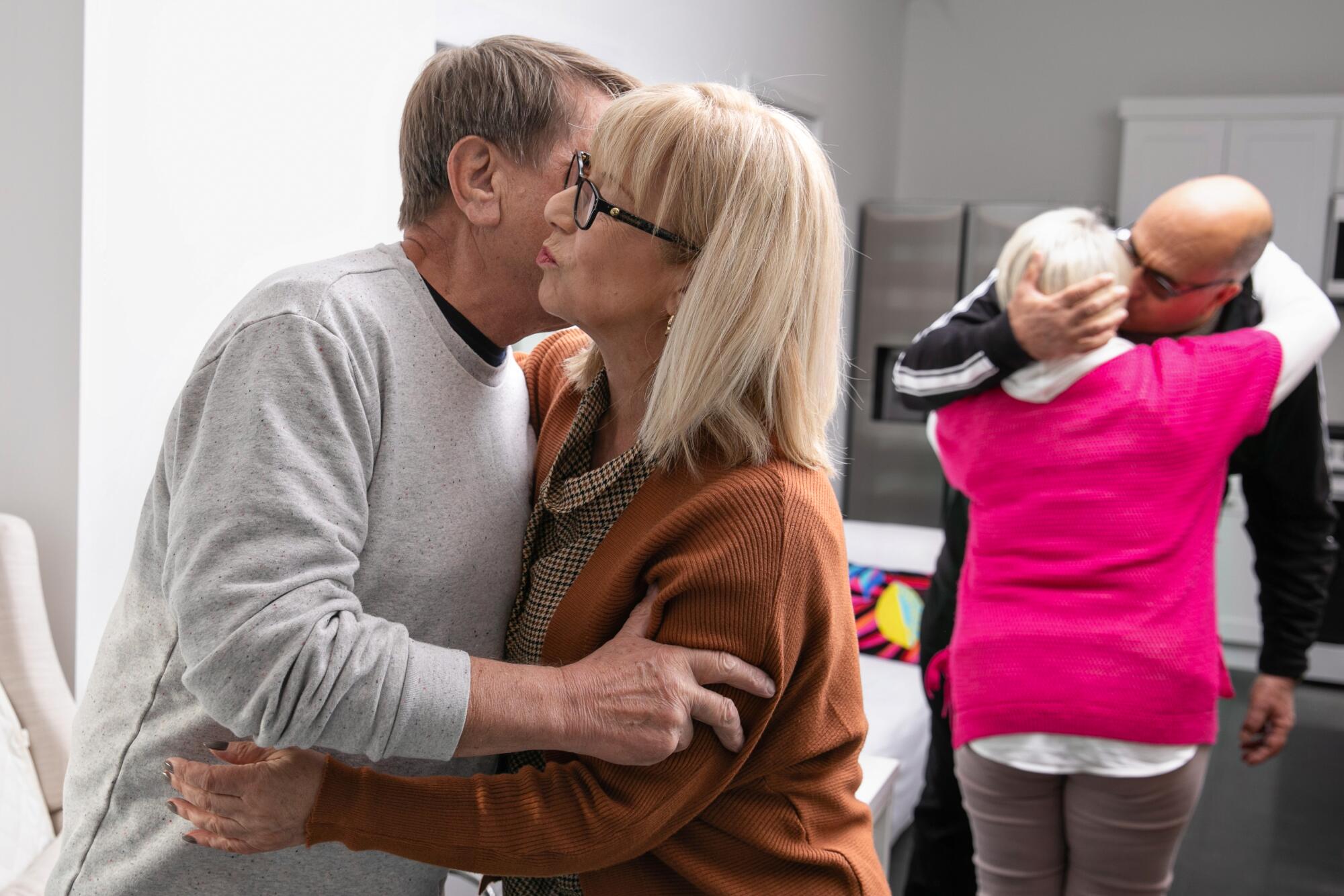
For now, only Viktor and his wife, Olha (pronounced Olga) Vasylyeva, 73, live in the 1,100-square-foot ADU. Shortly after they moved in last March — before the main house was finished — the family opened their doors to friends escaping the war in Ukraine.
“We flew seven people from Ukraine to the humanitarian border in Tijuana,” said Alina, who was born in Russia and grew up in Ukraine. “My friend and her husband, her parents, her brother and her two kids. I put three people in our house nearby and four in the ADU with my parents.” They stayed for six months until they all found jobs and housing.
As the family redefined what multigenerational living means in terms of friends and family, the ADU became more than a home. It became a sanctuary.
Still reeling from the trauma of war, Ihor (pronounced Igor), who asked that his last name not be used out of concern for his family’s safety in Ukraine, described the surreal experience of relocating to Los Angeles: “One person was living in the kitchen, three slept in one bedroom.” Still, he said, walking the streets of Los Angeles “felt like paradise. I would walk Bruno [the family dog] and take pictures of everything. Trees, mountains, even the post office. Everything is so beautiful here in Los Angeles.”
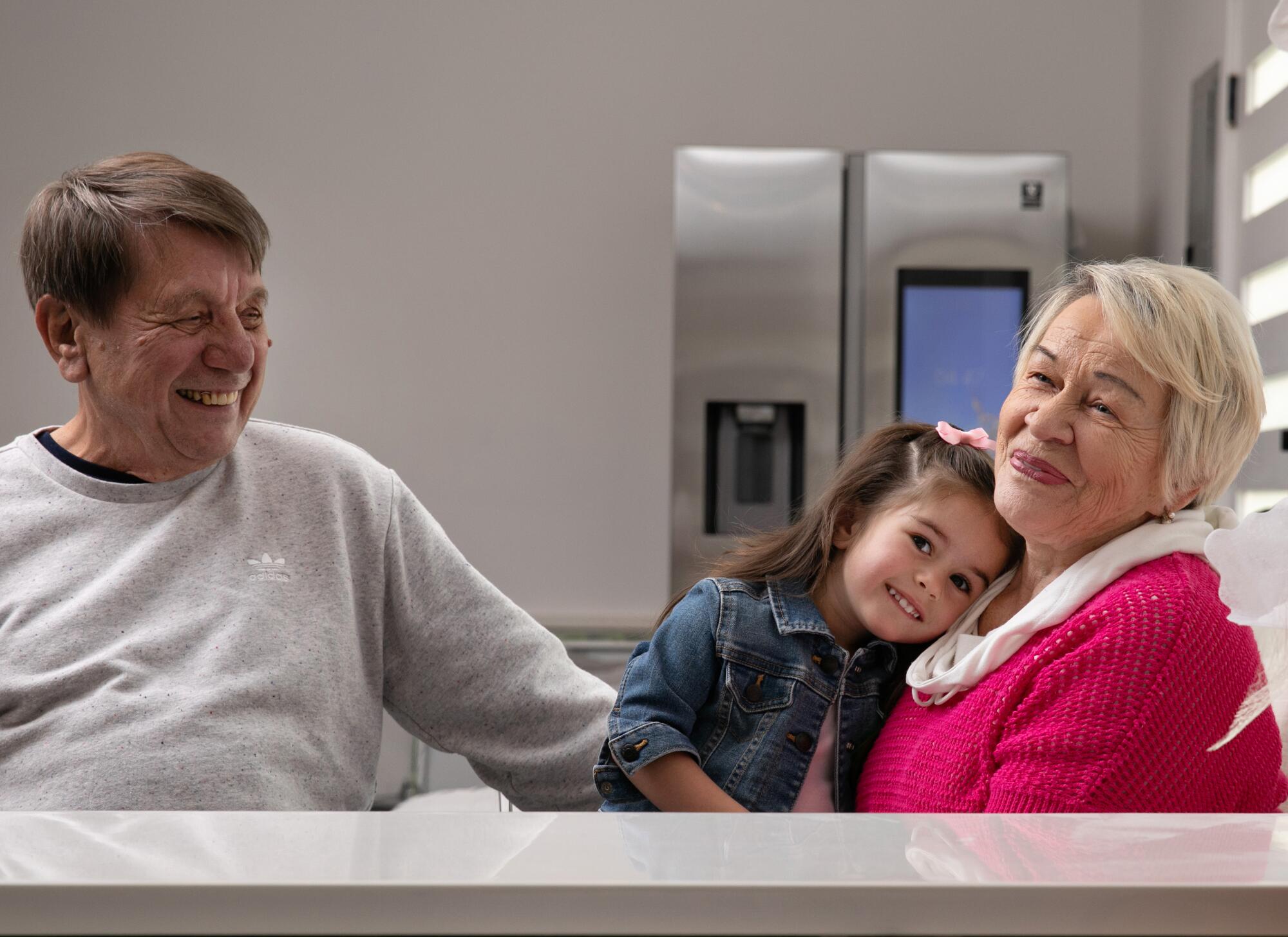
Alina stressed, as did Daniel, the importance of supporting refugees. It is hard to get people to understand that refugees are just like us, she said. “They are hard-working, good people who just need a boost to get started. People are scared to rent to them. When they arrived, they didn’t have a credit score or references to find a job or an apartment. Everything is a challenge for them. People should not be afraid to help them.”
Sign up for You Do ADU
Our six-week newsletter will help you make the right decision for you and your property.
You may occasionally receive promotional content from the Los Angeles Times.
When the refugees arrived, construction on the main house, landscaping and fencing was stopped. In February, Alina and Daniel and their two children moved into the newly built 3,200-square-foot house in front, which now serves as a hub for their extended family. The couple aims to add a pool and landscaping in time, but for now, the projects are on hold until they can save up the money.
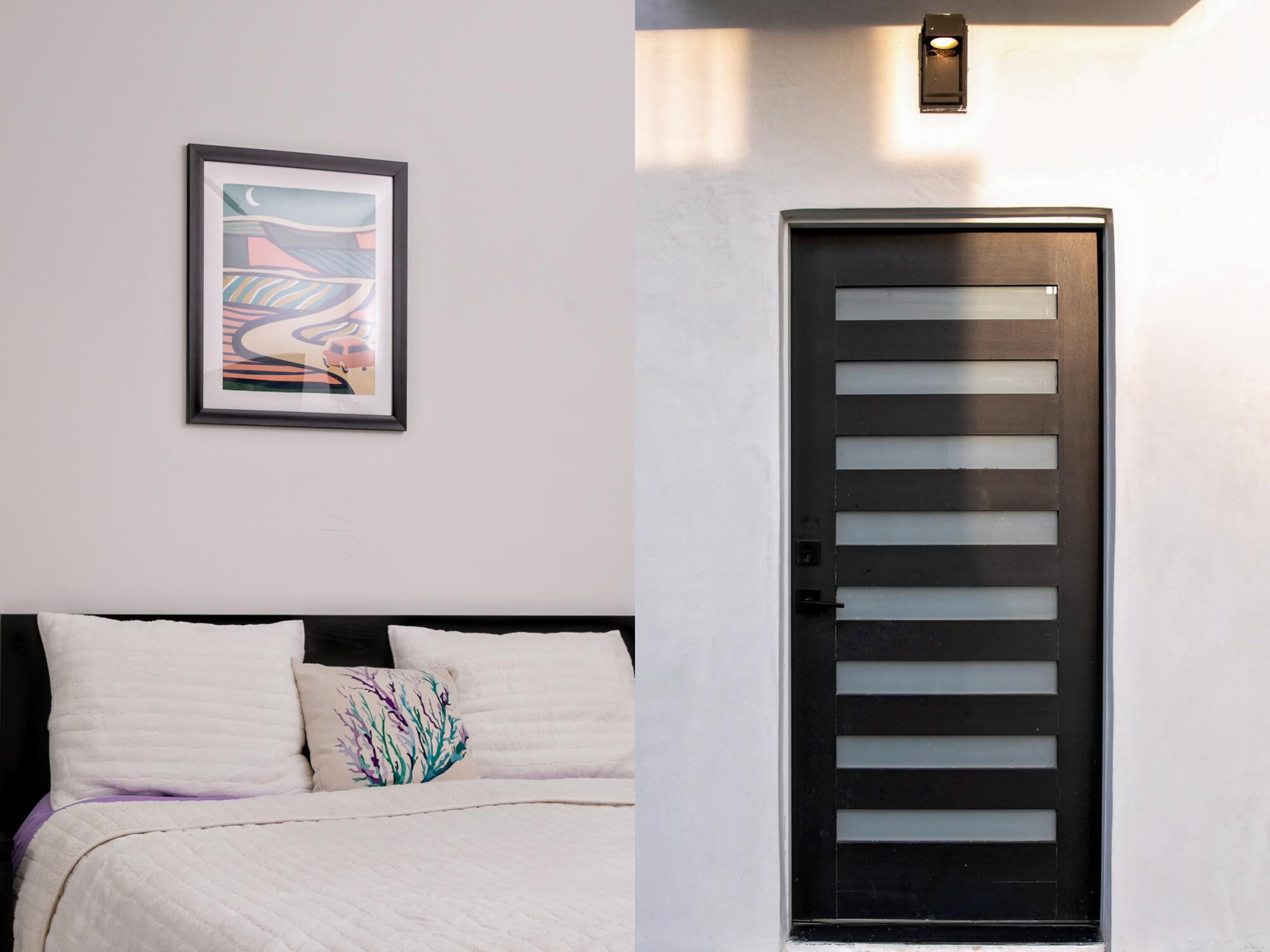
In 2018, the couple paid $840,000 for the two-bedroom, one-bathroom Spanish home and proceeded to add the ADU, which cost around $160,000. After the ADU was finished, the property was reassessed for $1.6 million, which helped them secure a home equity loan to replace the Spanish home with the new main house.
You might think that three generations living together, along with a refugee family, would prove stressful. Instead, the ADU has brought the families closer together.
“I love being able to hang out with them,” David Villagra, 12, said of living near his grandparents. “I missed them when we lived apart.”
His 2-year-old sister, Bianka, echoed his sentiments, smiling with delight as she was passed from one adoring grandparent to another. “Que linda,” murmured Raul, as the 75-year-old minister gave her a hug.
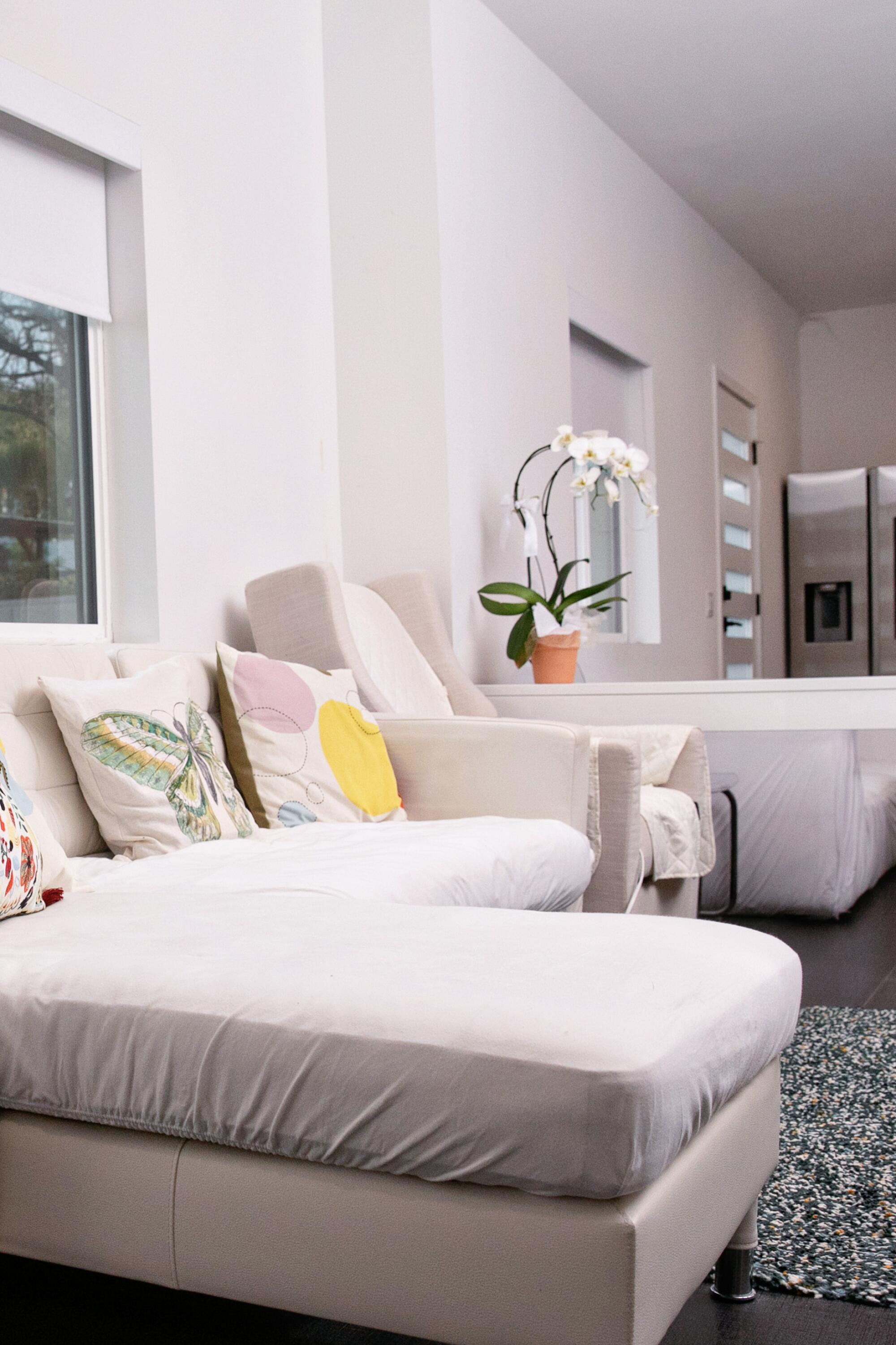
Eventually, Alina and Daniel hope state laws change so they can legally divide the existing ADU and their parents can live as neighbors. Architect Sevak Karabachian, who designed the modern dwelling, said that increasingly relaxed state regulations for building an ADU may make it a possibility “sooner than later.”
“While currently more than one ADU per lot is only allowed for existing multidwelling lots — which this project is not, it’s single-family — we wanted to make a plan that is easily modifiable if and when the laws become more lenient and allow more than one ADU on large lots,” Karabachian said. “From the looks of it, it seems we’re almost there as the building codes are becoming more friendly towards ADUs.”
When that day comes, he said, dividing the existing ADU into two separate units would be achievable by simply adding a double-stud 2-by-4 wall with an inch gap in between the two units as well as ample acoustic insulation to absorb sound and offer privacy.
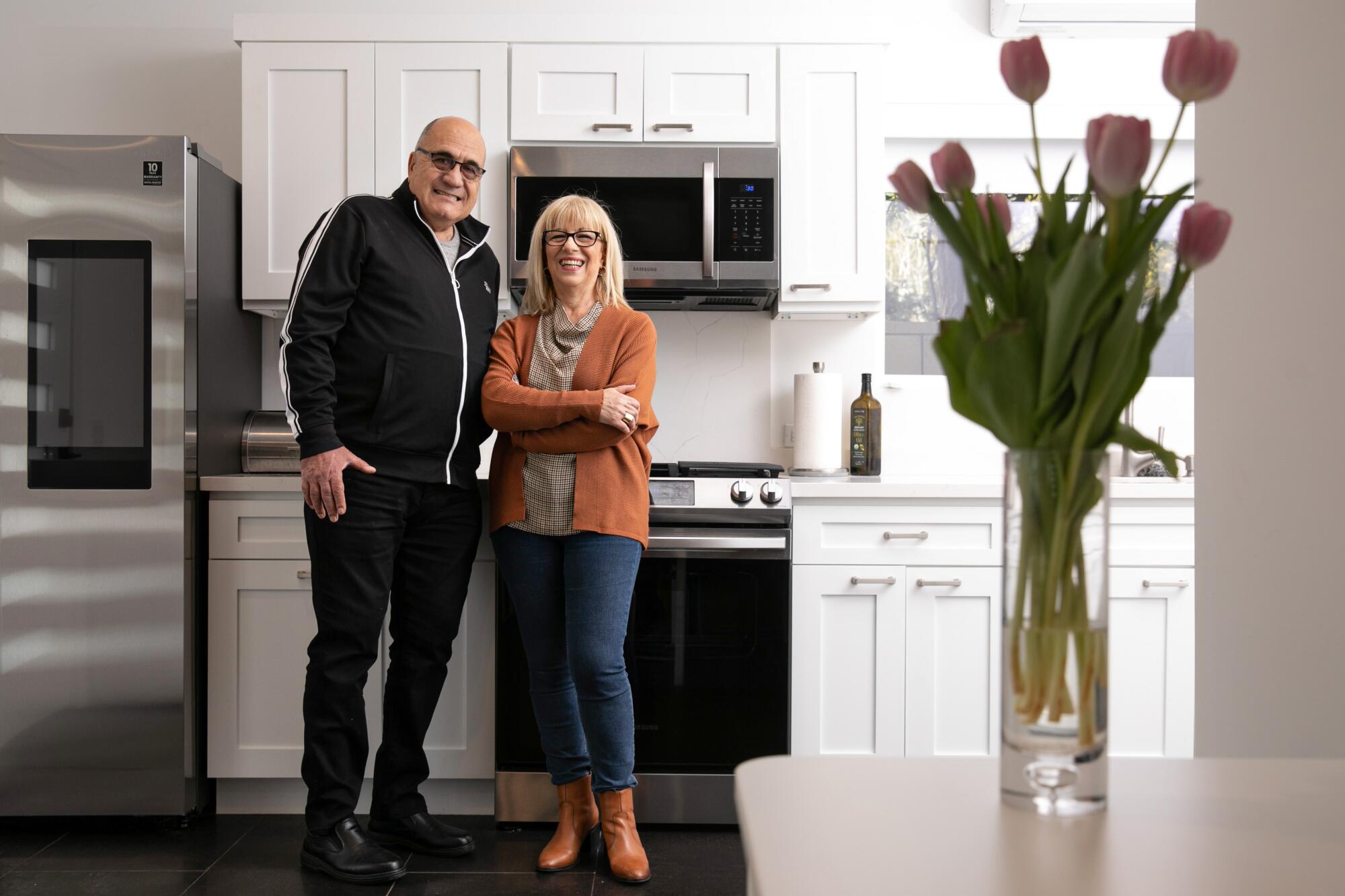
With that in mind, Karabachian designed each side of the ADU to mirror the other: two front doors, living rooms, laundry rooms, bathrooms, skylights and bedrooms. For now, there is only one prefab kitchen, but there is room to add another one if necessary.
As much as Alina wanted this living arrangement to benefit her children, she also wanted to provide affordable housing for her parents. “They are retired and don’t really have any savings,” she said. “It’s so much less stressful for them now because they don’t have to pay for housing.”
Daniel, 43, who is an insurance agent who works with Medicare enrollees, feels similarly about his parents. “Our friends tell us we’re crazy to want to have all of our parents living with us,” he said. “But my parents are ... living in a two-story townhouse in West Covina. My dad has fallen on the stairs. He needs to live in a one-story home.”
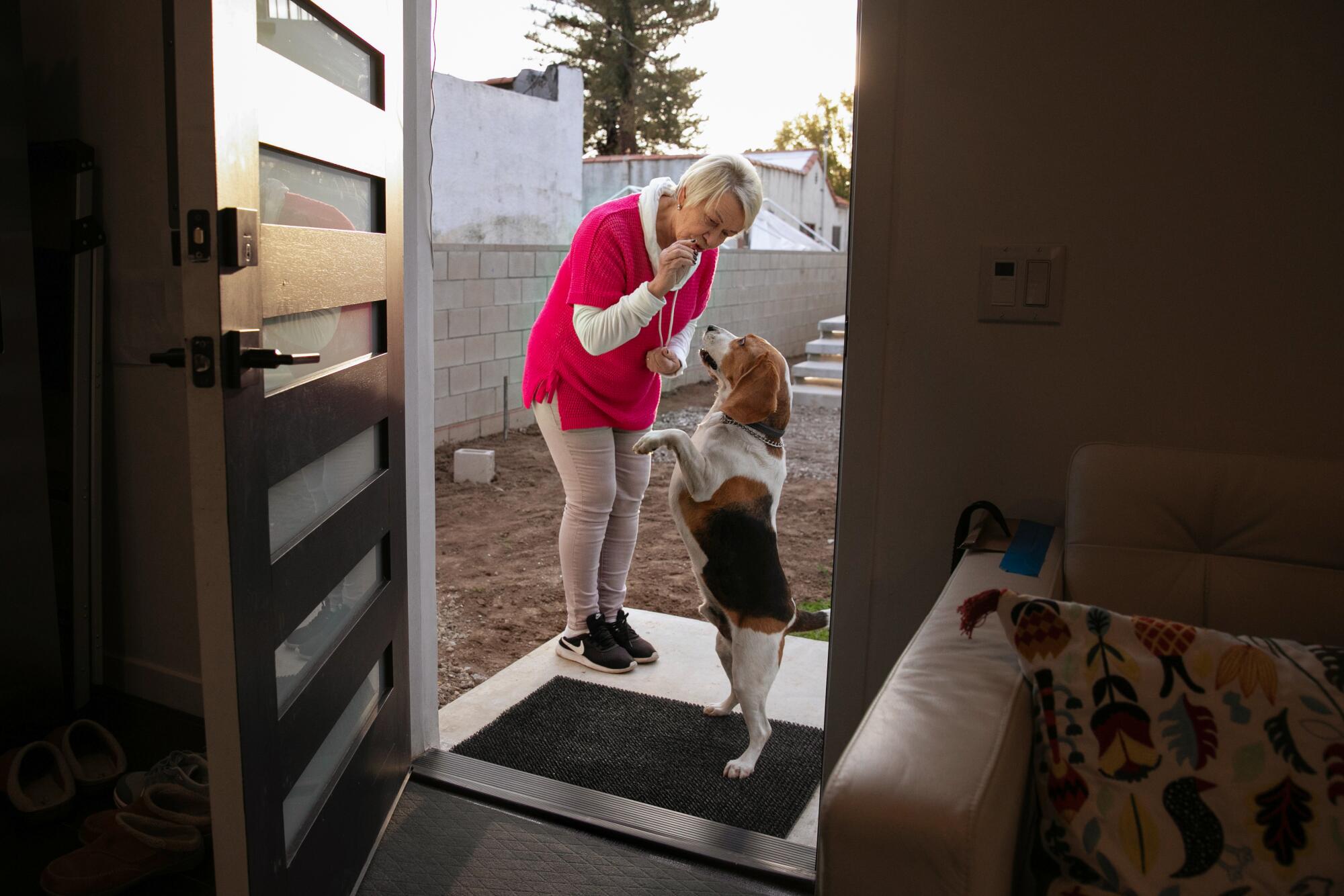
The couple did not grow up near their grandparents. When she lived in Ukraine, Alina recalled, she took daylong train trips to Russia in order to visit her grandmother. Daniel saw his grandparents once a year during the summer in Chile.
Having her parents in the backyard is a “dream come true,” Alina said. “Not just for me but for my kids.”
California lawmakers are hoping to address the growing population of seniors in the state by trying to find more affordable housing options.
Asked if she would sponsor more refugees, Alina didn’t hesitate.
“More people have texted me from Ukraine and told me that they want to come too,” she said, adding that she’s started a nonprofit called Friends of Ukraine Foundation, which provides assistance to Ukrainian refugees who are in the United States.
Meanwhile, the couple is currently in the permitting process for another ADU down the street where they used to live in the hopes of providing more housing for their friends in Ukraine.
“I don’t really have space right now,” Alina said. “But I can’t say no.”
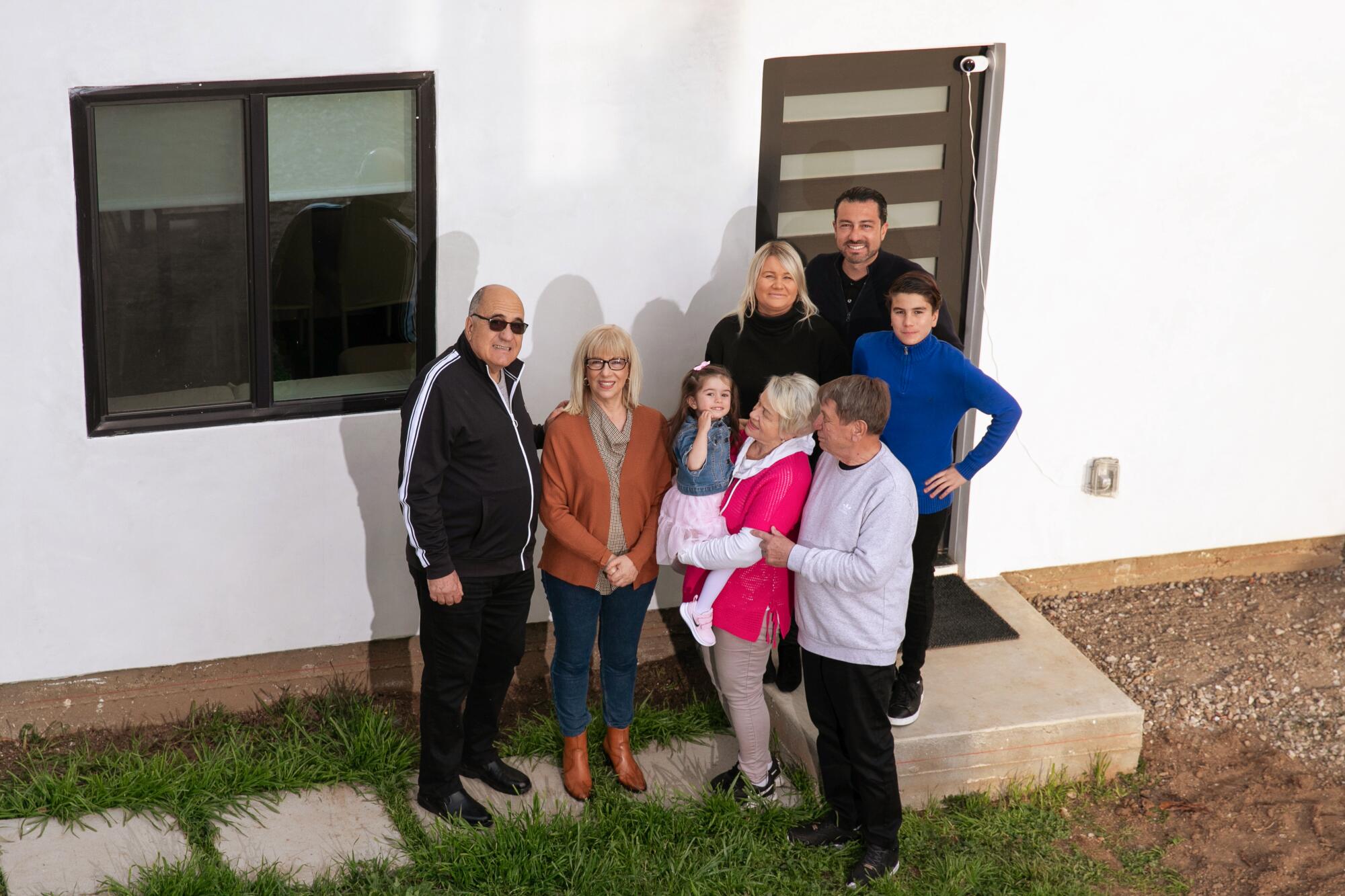
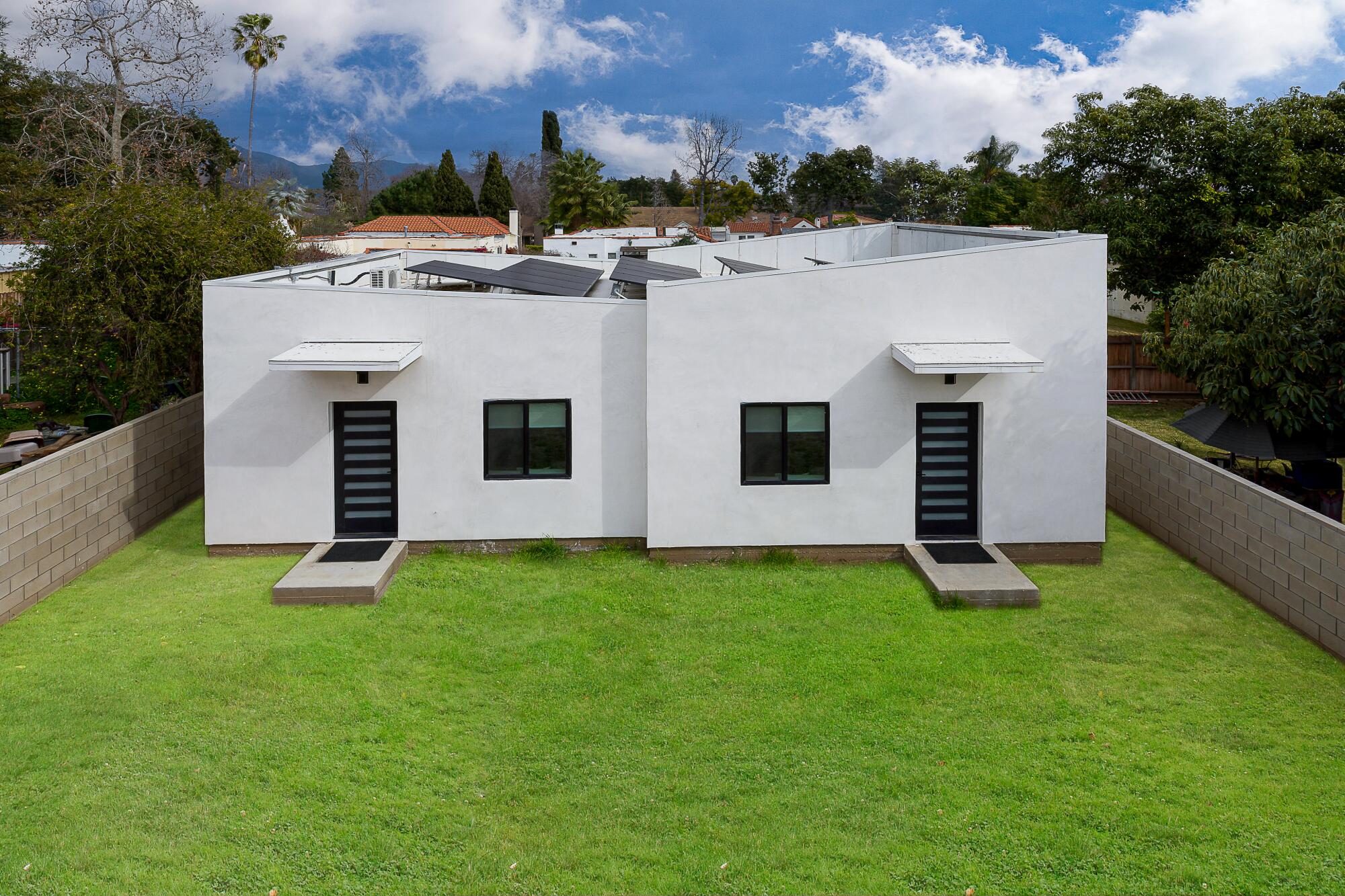
More on Los Angeles ADUs
21 vital ADU tips from people who’ve built them in L.A.
They worried about long-term housing for their disabled son — until they built an ADU
This ADU rental with windows galore is a houseplant lover’s dream
How an aging Tudor’s ADU reunited a family and brought them closer together
They were spending all their income on rent. A garage turned ADU saved them
They turned a one-car garage into a stunning ADU to house their parents. You can too
More to Read
Sign up for You Do ADU
Our six-week newsletter will help you make the right decision for you and your property.
You may occasionally receive promotional content from the Los Angeles Times.
